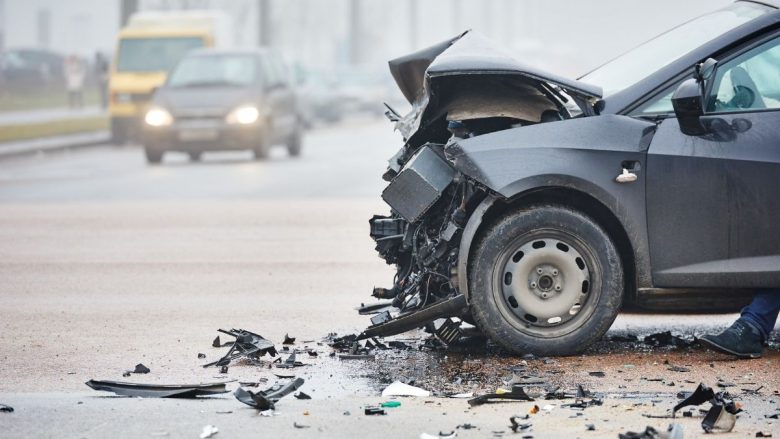
Being in a serious car accident is one of the most stressful experiences a person can have. Having said that, many people believe that navigating a legal case following an accident is nearly as traumatic.
It is not always easy or straightforward to prove the facts of a car accident. Fortunately, technological advances can aid your legal case following a car accident.
When there has been an injury, the primary focus must be on medical attention. It’s critical that you get back on your feet.
Getting adequate treatment can sometimes be contingent on a restitution payment from an offending party. One option is to collaborate with a legal team. In that case, choose a team that understands how to shape your case in order to reach a favorable resolution.
How difficult is it to establish fault after a car accident?
Some mishaps are straightforward.
Police officers, for their part, are given special training in assessing an accident scene quickly. As a result, they can usually determine the sequence of events that led up to a crash. Furthermore, when witnesses are present, the entire picture often becomes clearer.
However, not all accidents occur under ideal conditions. Parties frequently disagree on the actions that precipitated the collision. Witnesses can be untrustworthy or make contradictory statements.
It’s critical to understand that the plaintiff, or the person who filed the lawsuit, bears the burden of proof.
How can technology help in proving fault in a court of law?
Every year, the technology built into automobiles improves.
Event data recorders are a great example (EDRs). These devices, which are integrated into newer vehicles, serve as a “black box” for automobiles. EDR-equipped vehicles do not record every drive or maneuver. They do, however, document actions that are known to precede accidents.
If the event data recorder detects a change or condition that could indicate an impending collision, the vehicle’s installed recorder begins collecting data on how the vehicle is moving. It can also tell how many people are in the car and whether or not they are wearing seatbelts.
The information gathered from an EDR is admissible as evidence in a car accident lawsuit. This technology’s information can even be used to prove cases, where there are no witnesses and parties, have dramatically different recollections of events.
As evidenced by discussions surrounding a fatal car accident involving a Tesla-designed and manufactured vehicle, technology is already being used to determine fault in cars touting autopilot features.
New technologies that could help in car accident cases are on the way as technological advancements continue at an alarmingly rapid pace.
Apple is developing technology that can detect a car accident and automatically call 911. Other apps attempt to develop facial recognition technology to determine whether or not the driver is intoxicated or falling asleep behind the wheel. Detection and documentation of either impairment would have a significant impact on a legal case.
Can technology tell if a car had a good maintenance history before an accident?
There are numerous apps available or in development that monitor and report on auto maintenance issues. Access to this information can be critical in proving fault in cases where a vehicle malfunction caused or contributed to a serious accident.
Consider the impact of presenting evidence that a driver was notified several times about the need to service a vehicle’s brakes in the weeks preceding a collision. What if the plaintiff could show that the driver ignored numerous low-tire pressure warnings? Was a multi-vehicle pile-up caused by a blown tire?
How can cell phone records aid in the development of a solid auto accident case?
Cell phone records are frequently used to determine fault in a car accident. This is especially true if distracted driving was a factor.
Having all drivers’ cell phone records can show whether a party was conversing or texting while operating a vehicle. Records can even reveal whether drivers searched the internet or watched streaming content while driving.
Drivers must pay attention to road and traffic conditions while operating their vehicles.
According to research, the human brain cannot effectively process multiple streams of input at the same time. So, for example, if a driver is distracted by their phone at the time of an accident, they may find it difficult to argue that they were properly engaged in the act of driving.
How do I know if technology can aid in the development of my car accident case?
Working with a legal team is the best way to build a strong auto accident case.
Technology advances at a rapid pace. Not all legal professionals can keep up with the tools that can help them present a complete picture of a car accident.
A good legal team will start by determining whether any of the vehicles involved in the accident were outfitted with technology that records data about vehicle maintenance or operation. The next step is to gain access to that information, which frequently necessitates legal intervention.
The ability to interpret data is another valuable skill set. This ability is required to prove fault in a car accident case. Finally, working with an experienced attorney means that technology is part of a larger picture of the events that led up to a car accident.
At the end of the day, a successful auto accident case is about presenting a compelling case to a court about how and why the incident occurred. In the best cases, that argument is so compelling that the case is settled out of court. This type of result allows you to move forward with the compensation you deserve.
Learn more from technology and read What role does technology play in the management of your business leads?


